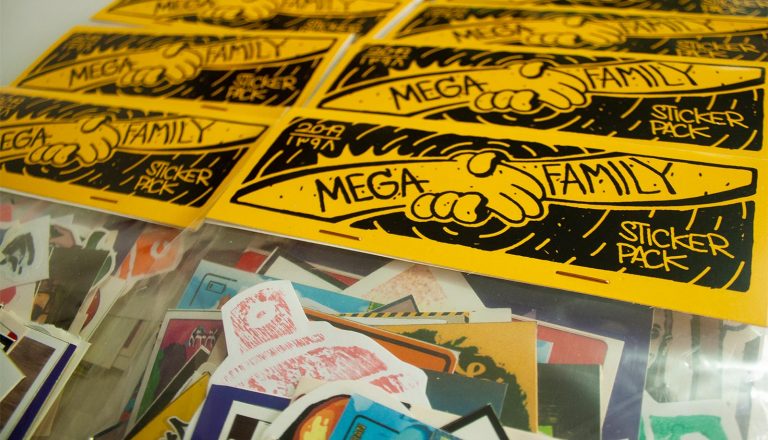Abuot Eastreet art
Modern cities are the story of social and political lives of inhabitants while representing the deep contrast between attitudes of power agencies and people. The physical and social dynamics of streets can play a central role in the formation of a specialized focus for protesting against the governments. As a result, the government and those in charge of power and control, exclusively conquer the streets and public spaces to exercise power and prevent people from any explicitly political activities. However, as long as people live in cities they have found ways to resist technics of domination, peacefully but also violently.
Unlike more traditional visual arts, which are sometimes considered elitist and can be confined to specific audiences, street art speaks to all people. Although the Iranian government considers unsanctioned graffiti and stencil arts as political disobedience, in modern Iran, Street art is one of the pure and active forms of protest. Municipal workers and city wardens are quick to paint over graffiti pieces, as a result, these paintings dose not last more than hours, however, their initial messages spread through social medias.
Considering the upward growth of Graffiti art in Iran in recent years, “Eastreet Art”, a non-profit institute, established in 2015 (1394), attempts to focus on the street art of Iran in order to base a comprehensive informative database. Enriching public awareness of this art medium and supporting active artists are among two main interests of this center. Moreover, we try to localize graffiti and street art in Iran, hoping to hold international events in this field in the near future and maximizing the quality of our programs.
درباره ایستریت آرت






